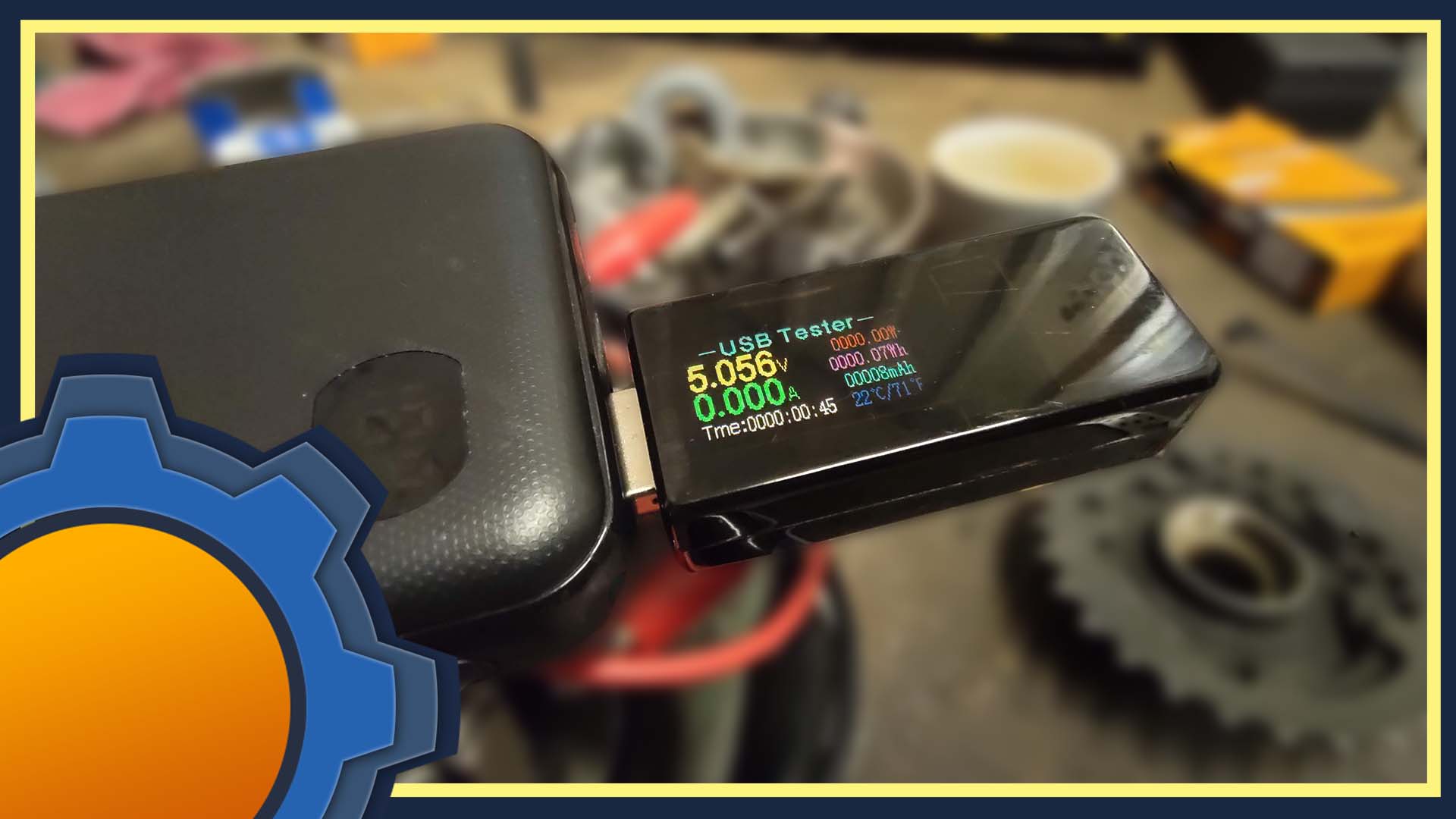Every now and then, I come across a small gadget that is once I buy it, I don’t know how I could’ve lived without it. If you already own a USB tester/meter, don’t dismiss this article just yet. Atorch U96 comes with a simple, and yet very practical upgrade that you can DIY yourself!
U96 USB tester/meter
Even if you already have a similar gadget in your toolbox, you can just DIY upgrade yourself, or get a spare one, as the “improved” version will set you back around $5.

What is so special about this U96 USB tester/meter? You will laugh at me at first until you realise how versatile this upgrade is. I’m talking about USB-A (male|female) to alligator clips cables. This meter comes with 2 cables so you can use it in any configuration.
These 2 cables alter the way you can use the U96 USB tester/meter. Thanks to these you are no longer limited to USB interfaces only, but you can use the little gizmo with anything (within meter’s measuring standards). Nothing stops you from using the USB-A to alligator clips cables on their own too!
I used one of the cables to clip onto my banana plugs embedded into a toolbox and created a custom 9V USB-A interface to power up a portable TS80. Brilliant!
Whether you are going to split the cables yourself or splash out and buy the U96 USB tester/meter – you will find it helpful. If you want to go the DIY route take a look at the USB 2.0 wiring diagram. To create your own, you will have to cut the cord and identify the internal wires (most likely coloured red and black but check this with a continuity tester).

The add the alligator clips at the other end. If you are lazy, you can just take a look at specs of the meter below and treat yourself to this $5 gadget!
Atorch U96


U96 USB tester/meter comes with an array of functions. The little gadget is can:
- measure Voltage 3.60V ~ 32.5 V
- measure Current 0.00A ~ 5.00 A
- calculate Power use 0 ~ 999999 WH
- calculate capacity 0 ~ 999999 mAH
- measure voltage across USB pins
- measure Load impedance: 0 ~ 999 ohm
As you can see it’s a pretty potent meter considering the price and the form factor.
The accuracy seems to be in point, the current draw figures and voltage are within to what I would expect from a device like this. The only flaw I’d like to highlight (pun warning) is not so bright screen. It’s fine for indoors, but you will have a hard time reading anything from the U96 USB tester/meter outside.


Conclusion
If you already have a meter like this, do yourself a favour and splice some cables! Otherwise, for the cost of a coffee (and cake in my fav place) you could get the Atorch U96 USB tester/meter. It’s a tool worth having! If you have any questions or know great hacks that can be done with these USB meters let me know in this Reddit thread.
























